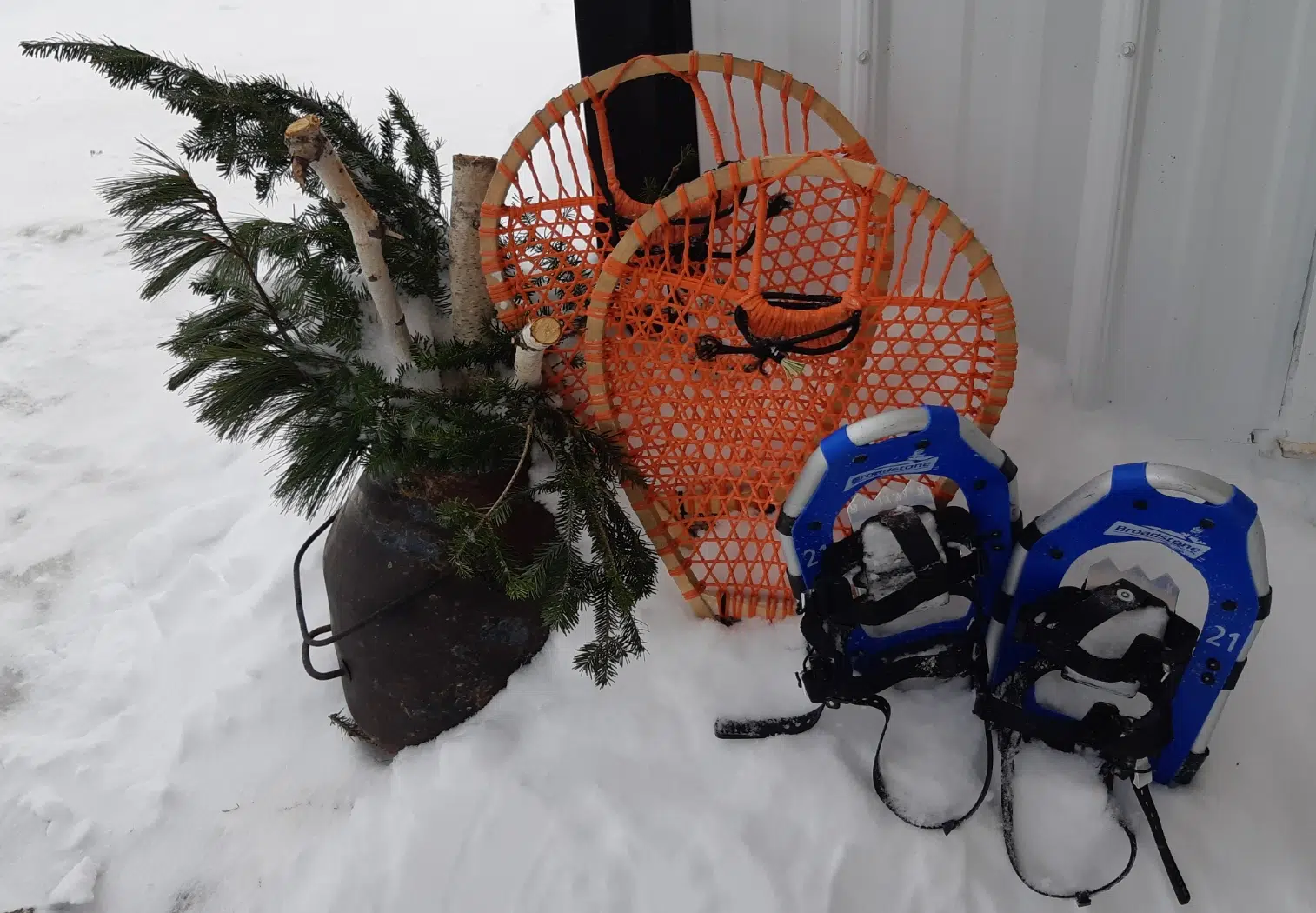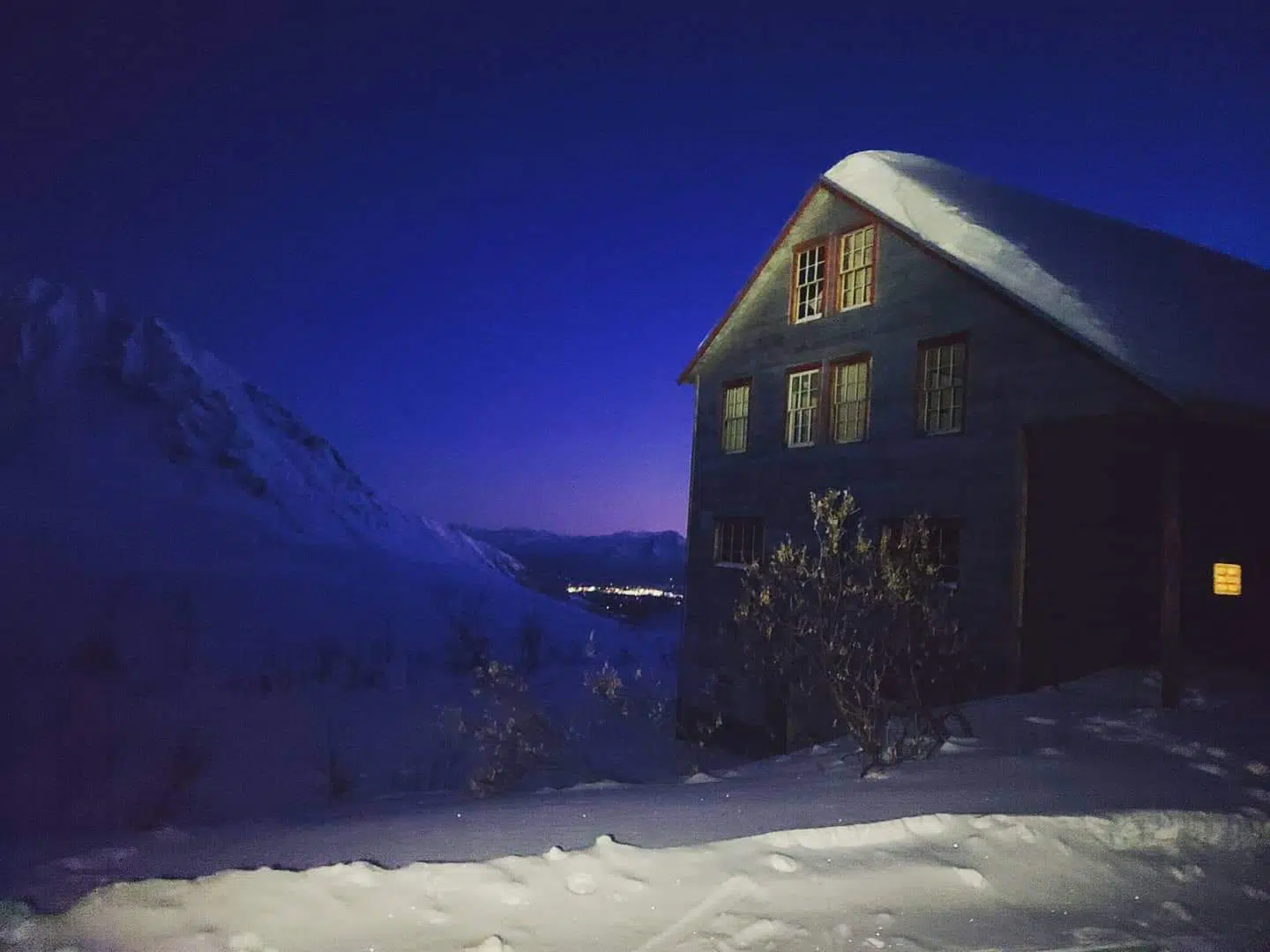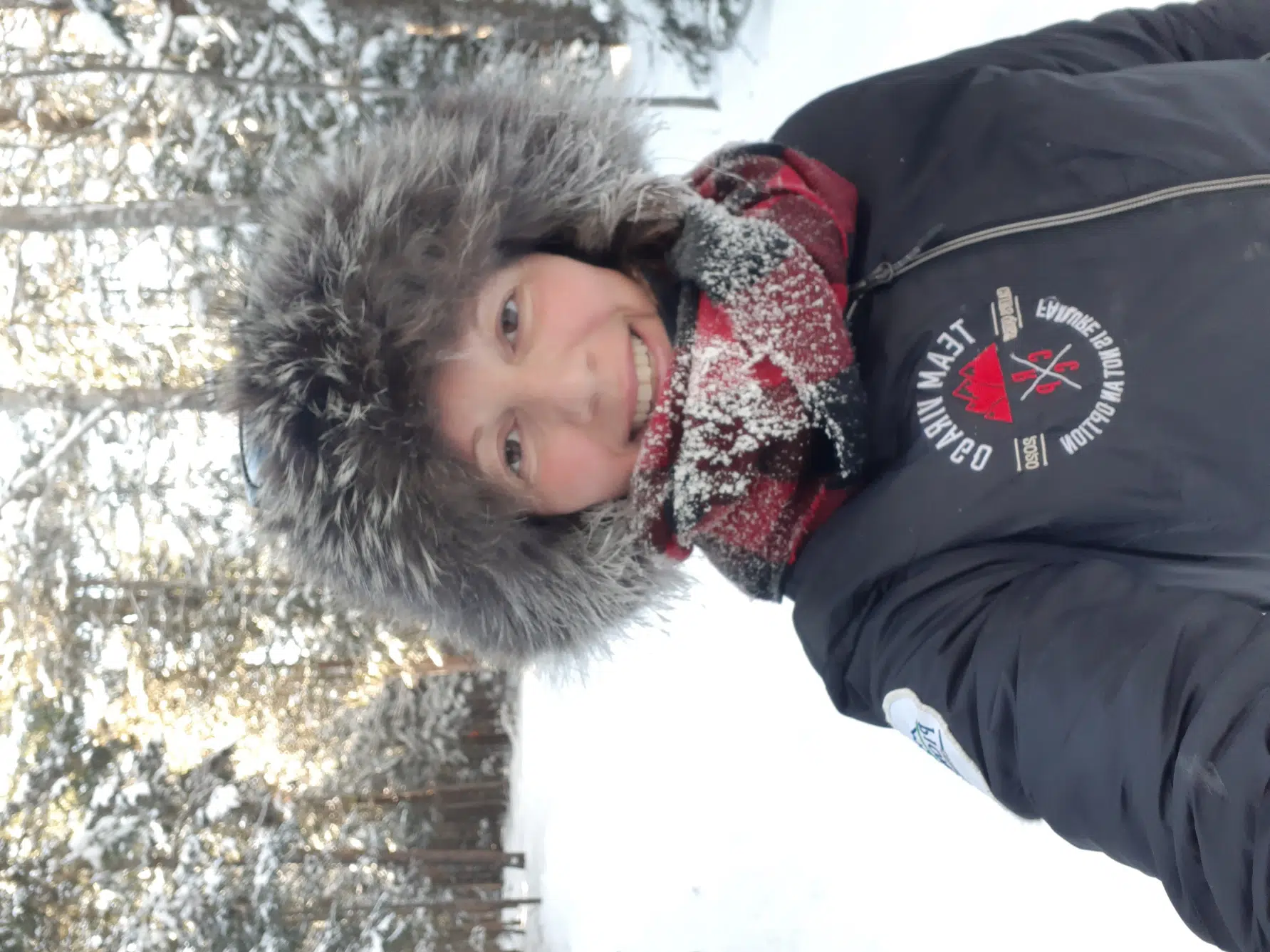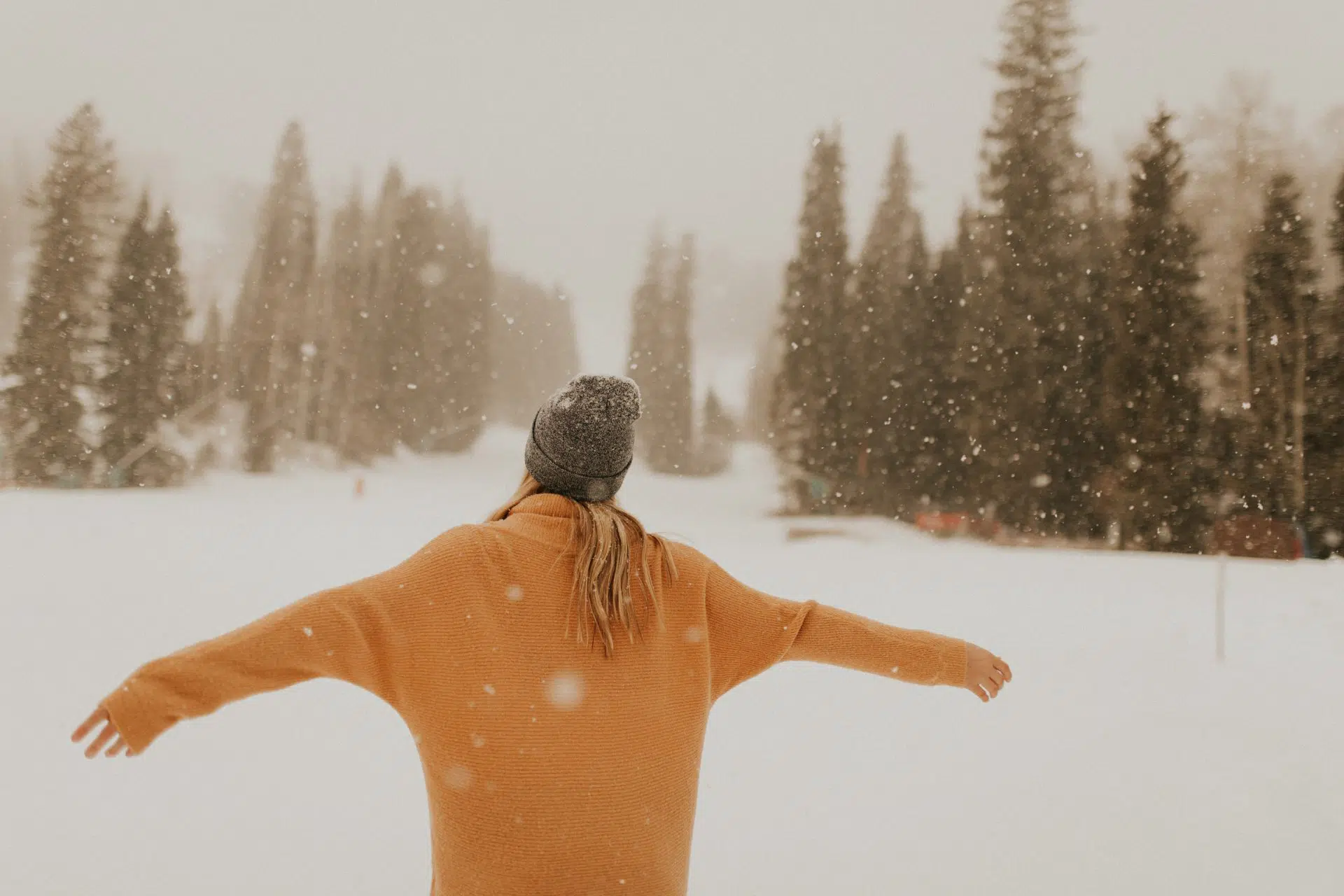Table of Contents
Battling the Winter Blues

You may be dreaming of becoming a snowbird when you retire. Just imagine laying by the beach in the middle of February laughing about the snow you shoveled over the years to get in your car and drive to work. That dream is not “the here and now”. Reality is, we live where winter thrives for a large portion of the year.
Living in northern parts of Canada and artic regions of the globe means your potentially living in winter for 8 months of the year or longer. Let me repeat that and give you time to absorb it, 8 months of the year!
With long winters come shorter days. Darkness sets in earlier and when morning comes, you find yourself driving to work or appointments in the dark. This can be disappointing and depressing for some. Sunlight is a source of vitamin D and is a necessity of our biochemistry.
The lack of vitamin D in the winter months can cause some unwanted affects. People may experience anxiety, loss of energy, self worthlessness, or the inability to concentrate.
These are all symptoms of seasonal affective disorder (SAD), commonly known as the winter blues. Some side affects of these symptoms is the craving of sugars and high carb foods to fill the emotional void that you may be feeling. That can also leave us feeling low and fighting for energy.
A lot of energy is wasted complaining about the cold, the snow, and the darkness that winter brings. It cannot be changed or bring the warmth of summer sooner.
So often people will say, “I don’t like the cold”. Or “it’s too much effort to do anything outside”. I am a firm believer of making the best of every moment that is given to us.
We need to learn to redirect the negative energy toward winter into something more positive and embrace what the day has to offer.
Getting involved in winter activities not only helps avoid boredom, but the exercise also releases endorphins, also known as the happy hormones.
Get out, breath the fresh air and beat the winter blues.
Embrace Winter

So, how do we embrace winter and make the best of it? Rebecca Charles is a resident of Wasilla, Alaska where days during the winter can be as short as 5 hours of daylight. This can certainly take a toll on one’s mental health, and Rebecca has fell victim to the winter blues many times until she found ways to help her cope.
She has found joy in snowmachining (snowmobiling for our Canadian friends), skiing, and snowshoeing. “I think it is super important to make peace with the dark and learn to enjoy getting out there when the sun is down.
If you don’t, you could feel like your held hostage in your own home or office,” she states.
Throttle Therapy
Many will refer to outdoor recreational motor sports as throttle therapy. It is exactly that if you let it be. Driving takes a level of focus especially in unfamiliar terrain or difficult terrain.
All of a sudden, your mind has been forced to focus in the moment to conquer the obstacle ahead and not on the negative thoughts that have taken over you physically and emotionally. This is what you need, a break from the negative and draw your attention to the joys of the moment.
When I am in the backcountry riding my snowmobile, I am not just trying to get from point A to point B, I am enjoying the journey by soaking up the view and pulling in that fresh crisp air.
Many people may not realize that snowmobiling is a form of exercise, which means you are burning calories with a smile on your face.

Snowshoeing and skiing are two great ways to get out and enjoy the winter and it comes with a lesser financial impact. If you work full time and are thinking that it is too dark when you finish work to get out on the trails, think again.
Check your area for lit trails and slopes. For those without a lit trail in your area, use a headlamp to light your way. Rebecca enjoys an evening hike after work equipped with a headlamp. It takes a lot of motivation to avoid just laying down for a nap after work and getting out on the trail.
To help your motivation, prepare your necessary gear the evening before. You’re less likely to avoid heading out in the snow when your gear is staring you in the face.
Rebecca shared her thoughts on hiking at night, “It gives you an entirely new and really cool perspective. Instead of focusing on the awesome immense views, it can be a great time to self reflect without any distractions”.
Try and Try Again!
For those who use the excuse of, “it’s too cold” or “I tried it and I did not like it”, it is time to kick those excuses to the snowbank. You need to understand why you get cold or why you did not enjoy the activity, so that you can understand how to repair the negative thought toward it.
If getting cold is your fear than you need a better understanding of how to dress in layers. Layering your clothes with a base layer, mid layer and outer layer provides better warmth and the ability to layer up or down depending on the conditions and activity.
If you tried the activity once and concluded that you did not enjoy it, did you really give it a chance? Do not let one bad experience define it. Give it an honest effort, try and try again!

Know that you are not alone in the battle to beat the winter blues. Many people experience distressing symptoms that can feel disabling at times.
Start by recognizing your symptoms and seek support. Having a support circle is a great way to motivate each other to get out and involved. You can find recreational events on social media that offer an introduction to new things. The key is finding a hobby that helps you feel happy.
That could even mean crafting or reading. Just remember to incorporate outdoor activity whenever possible to boost your energy and take advantage of the sunlight that the day has to offer.
Coreen xx
Front page photo by Maci Patterson on Unsplash



